
TEST DRIVES
Bugatti Veyron Grand Sport: The Ultimate Experience
I’ve driven some really great cars in my lifetime. Ferraris, Bentleys, Porsches, Mercedes – you name it, and chances are I’ve driven it. That’s the life of an Automotive Journalist.
But my head is still spinning and my heart is still pounding, as I recently drove what I consider to be the ultimate automobile, the Bugatti Veyron Grand Sport.
First, a little history. The French car company with the Italian name (and now owned by German car company Volkswagen) was founded in 1909 by Ettore Bugatti. Bugatti built some of the world’s most beautiful and successful cars, often raced against Bugatti’s main nemesis, the machines from Bentley. Bugattis were built in Molsheim, located in the Alsace region which was part of the German Empire until 1919. The company was known both for the high level of engineering in its automobiles, and for stunning designs. Bugattis enjoyed much success on the racetrack, with driver Jean-Pierre Wimille winning the 24 hours of Le Mans twice (in 1937 with Robert Benoist and 1939 with Pierre Veyron, for whom the current Veyron is named after). Early Bugattis were literally rolling works of art, with the most famous including the Type 35 Grand Prix cars, the Type 41 Royale, the Type 57 Atlantic and the Type 55 sports car.
Ettore Bugatti’s son, Jean Bugatti, a key figure in the company, died in 1939 while testing a Bugatti, marking a turning point in the company’s fortunes.
World War II was another turning point, as the Molsheim factory was destroyed during the war. And in 1947, Ettore Bugatti died, and the original incarnation of Bugatti ceased operations in 1952. The company changed hands several times until it was ultimately purchased by The Volkswagen Group in 1998.
And that is when planning for the ultimate automotive experience began.
As mentioned earlier, the Veyron line is named after legendary Bugatti driver Pierre Veyron (1903-1970). Veyron models include the Veyron, Super Sport, Vitesse and the subject of this review, the Grand Sport.
The Bugatti Veyron Grand Sport is purpose built for extreme performance. It’s equipped with an 8.0-liter, 16-cylinder motor that produces an astonishing 1001 horsepower (1183 horsepower in the Super Sport and Vitesse). Zero to sixty miles per hour ticks off in just 2.6 seconds. Top speed is a mind bending 253 miles per hour.
Since ridiculous propulsion is available in every Veryon model, lets start with a breakdown of the magnificent Grand Sport engine. The 16 cylinder unit in the Veyron is in a W16 configuration. Look at the letter “W” and is really should be called “Double V.” Essentially, Bugatti merged two V8 engines with a common crankshaft. The two merged V’s create a W.
Polished intakes just aft of the passenger compartment feed air into the engine. Four turbochargers and four wastegates provide and bleed off boost. With all of the power and mechanical complexity, a tremendous amount of heat is generated in the Veyron. To keep things cool, a total of ten radiators/heat exchangers are staged throughout the engine compartment. There are three engine radiators, one each for the engine oil, transmission oil, differential and air conditioning system, and three heat exchangers for the air-to-liquid intercoolers. In addition, the Veyron engine has two water cooling circuits, each with a specific cooling task.
The seven speed dual clutch transmission is unique, as it has to harness about twice as much torque as a regular sports car transmission. Shifts rattle off with lightning fast speed.
Okay, we now know that the Veyron Grand Sport is powerful, but the visceral experience behind the wheel is like no other.
When it was time to hit the road, a professional race driver hired by Bugatti drove first, to show me what to do and what not to do to when driving such a machine. After “Bugatti 101,” I was ready, or at least I thought I was ready to experience 1001 horsepower. He nailed the accelerator and all four of the Veyron’s turbochargers kicked in as if the car was on a mission to the moon. Liftoff!
The sheer thrust was frightening at first, because I did not expect to leave my stomach back at the starting line. The symphony of quad turbos, quad wastegates and the rush of air to feed the big engine was sweet music. Now, it was my turn behind the wheel.
I wisely limited my bursts of speed to super quick runs up to 140 mph and then hard on the brakes to keep the local constables from throwing me under the jail for reckless driving. To the left of the dash cluster, a horsepower gauge shows that during steady state cruising, more than 700 additional horsepower is available for rapid acceleration.
Two modes combine to get you to the Veyron’s top speed. In “normal” mode, top speed for the Grand Sport is 220 mph. When it reaches 140 mph, hydraulics lower the car until it has a ground clearance of about 3.5 inches. At the same time, the rear wing and spoiler deploy, with the rear wing providing some 770 pound-feet of downforce, helping to hold the car to the road.
To reach the magical 253 mph top speed, you insert a special “top speed” key to the left of the driver’s seat. A checklist then establishes whether the car is ready to attempt to reach 253 mph. As part of the process, the rear spoiler retracts, the front air diffusers shut, and normal 4.9 inches of ground clearance drops to 2.6 inches. The front grilles and windshield are specially reinforced to resist bird strikes at multi digit speeds.
If you travel this fast, you’d better be able to slow down in a hurry. No worries, as Grand Sport braking is also impressive, with eight piston brakes front and six piston rear clamping massive 15 inch plus rotors. To help slow you from speeds in excess of 120 mph, the rear spoiler deploys upward at a 55 degree angle in less than half a second to become a large air brake. Not only does it slow you down, it looks totally cool when the airbrake deploys.
Ride quality is surprisingly good. The tires on the Grand Sport are like steamrollers – very wide. This usually means you feel every pebble on the road. Not so with the Grand Sport, which is quite comfortable to drive at any speed. Cabin fit and finish is excellent, and luxury accoutrements abound. The glass roof panel is removable (two very careful people are needed!), but cannot be stored onboard. If you get caught out in inclement weather, a special portable top stores in the front trunk. The portable top is not rated for top speed though.
Veyron maintenance costs as one would expect are very, very high. Replacing the special Michelin PAX tires will set you back about $30,000. They are the only tire made that’s certified to be used on Bugattis. They last about 10,000 miles, and you can only mount tires twice before you have to buy a new set of wheels at nearly $70,000. The reason is that the wheel bead can be compromised from too many tire changes. Losing tire pressure due to a bad bead at 253 mph would be a disaster. Annual dealership maintenance costs are estimated at more than $21,000 per year.
Is this the world’s most amazing car? It’s got my vote. At $2 million dollars, it should be special. To honor the legacy of Ettore Bugatti, the bright minds that now run the company have ensured that it is special indeed.
– Article by Brian Armstead

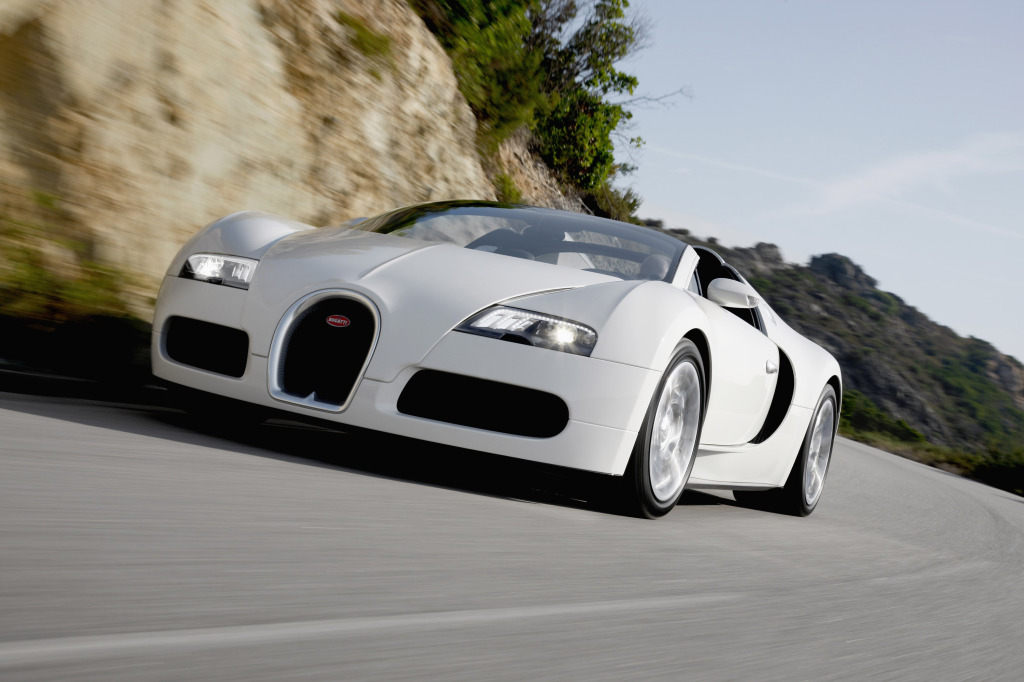
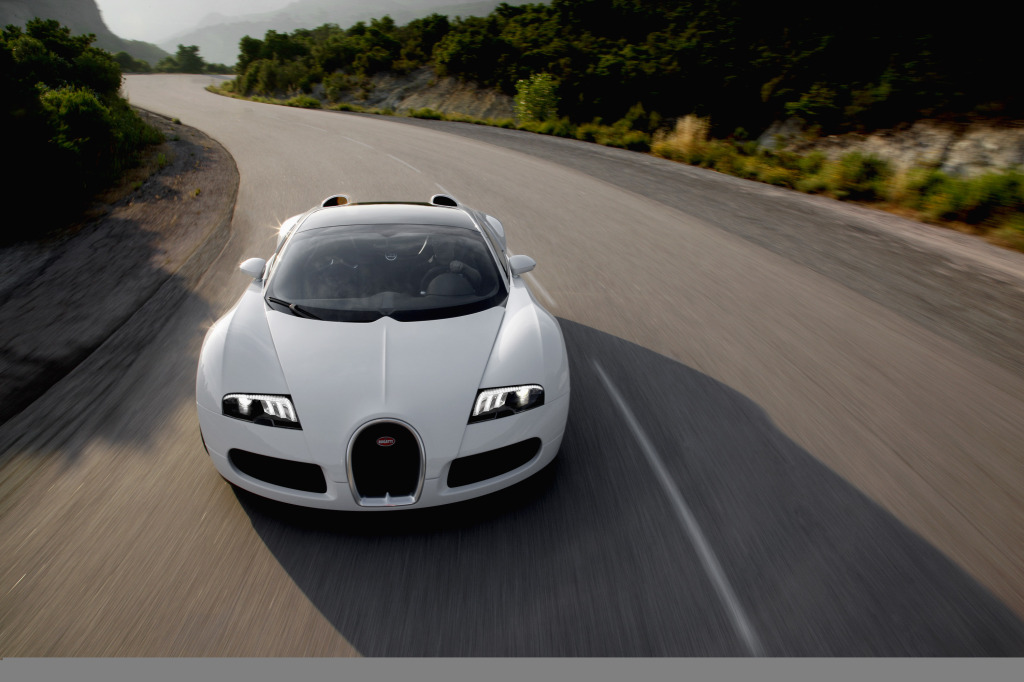
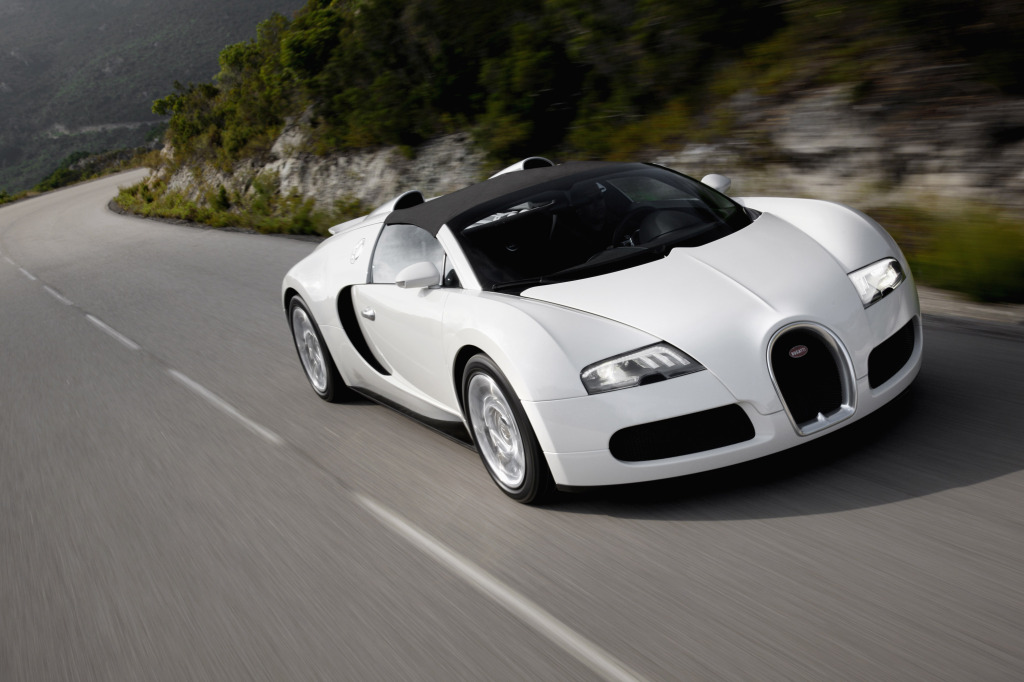
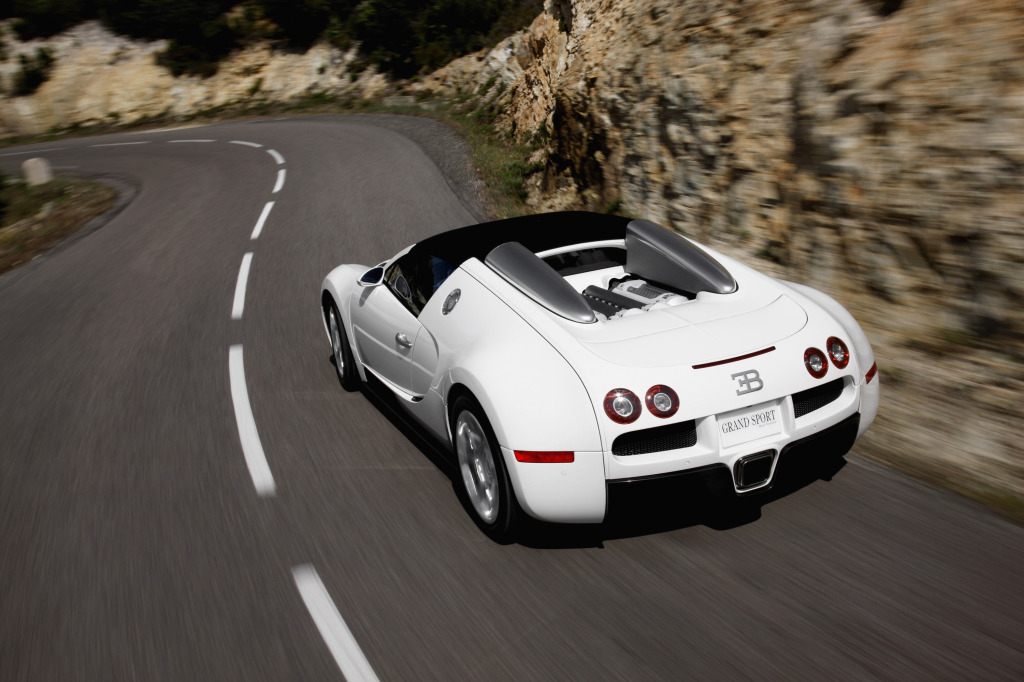
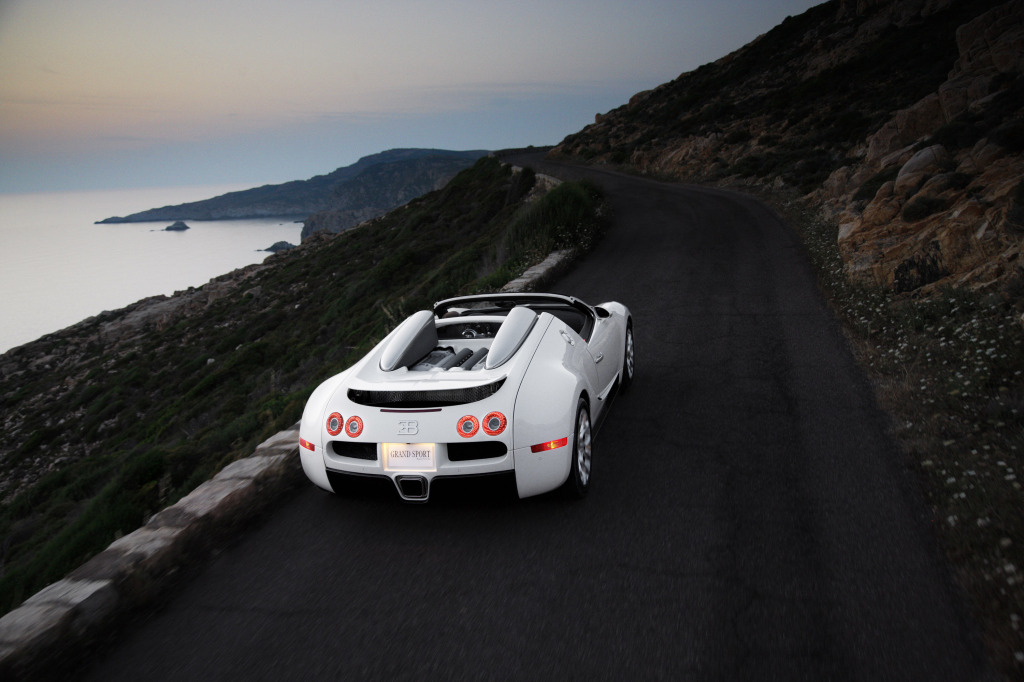
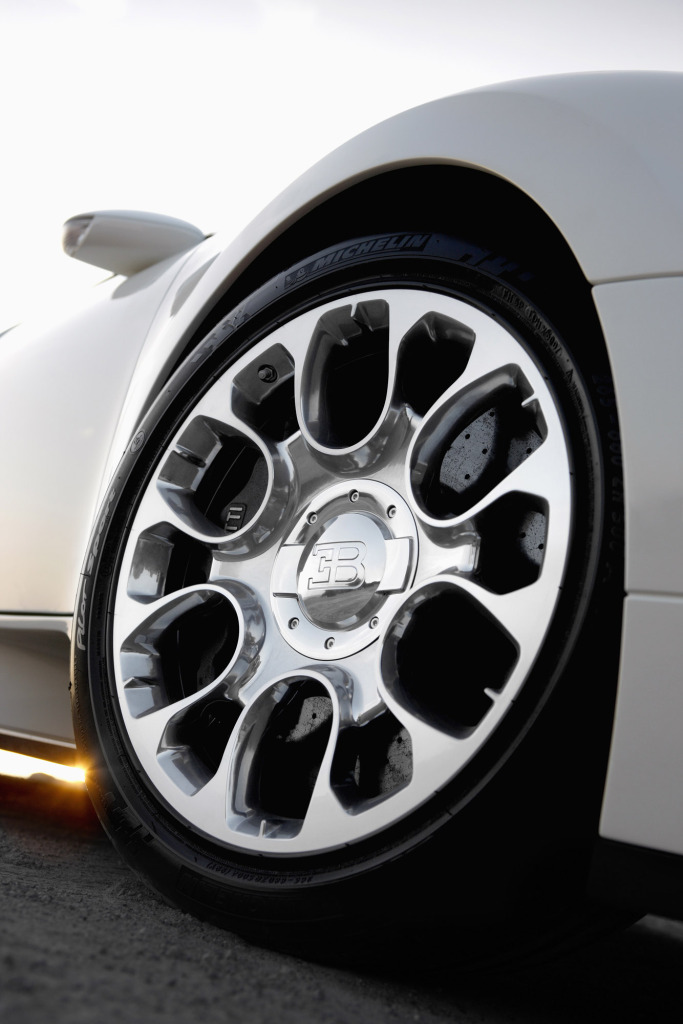
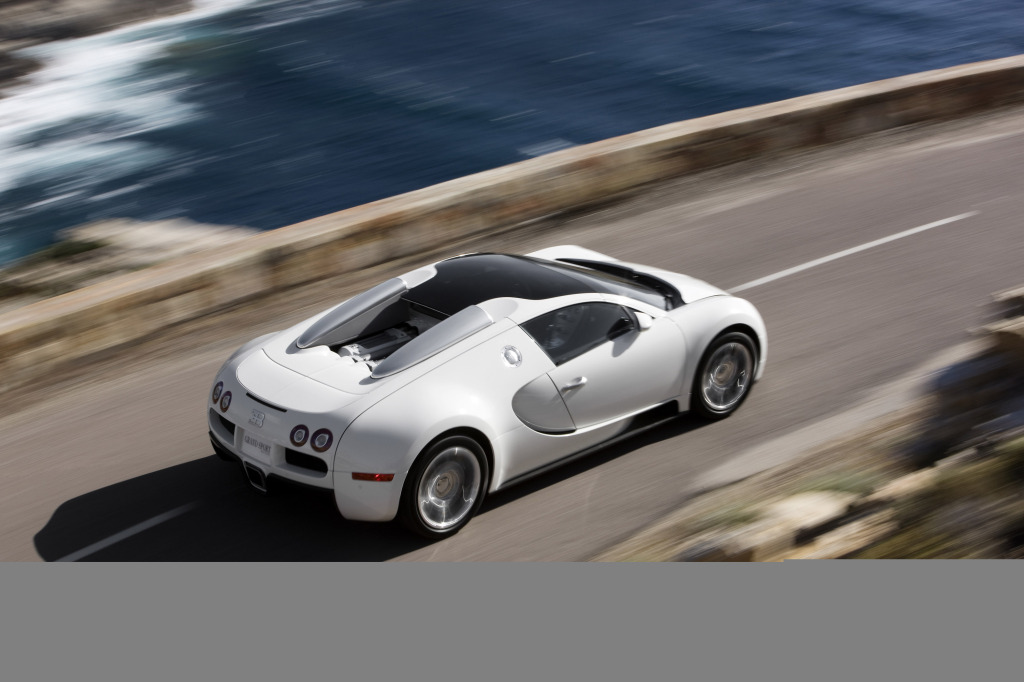
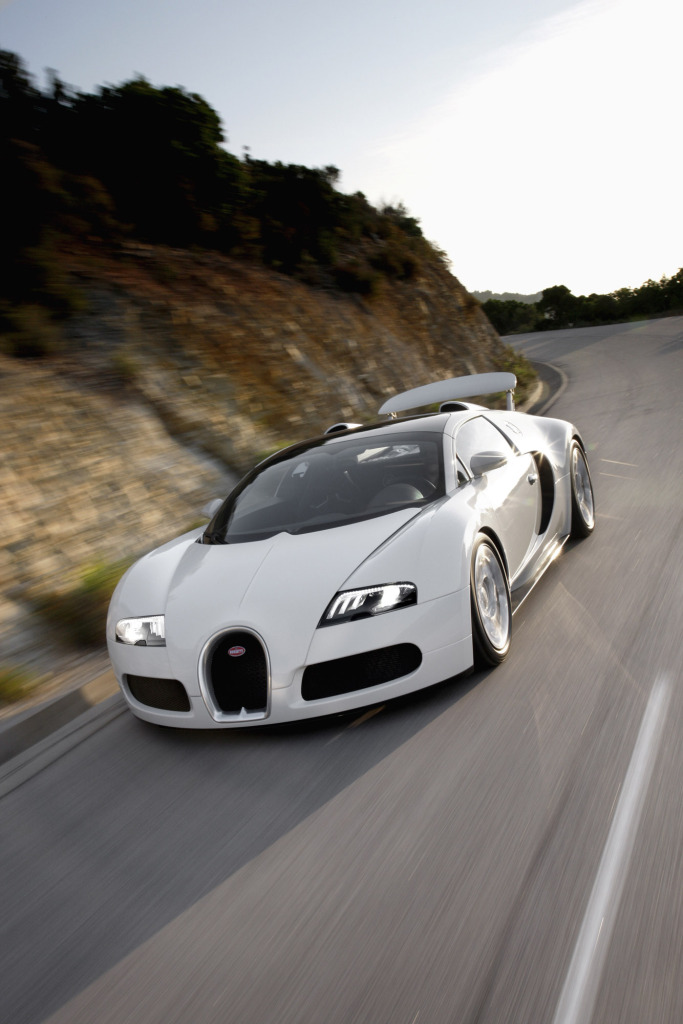

You must be logged in to post a comment Login